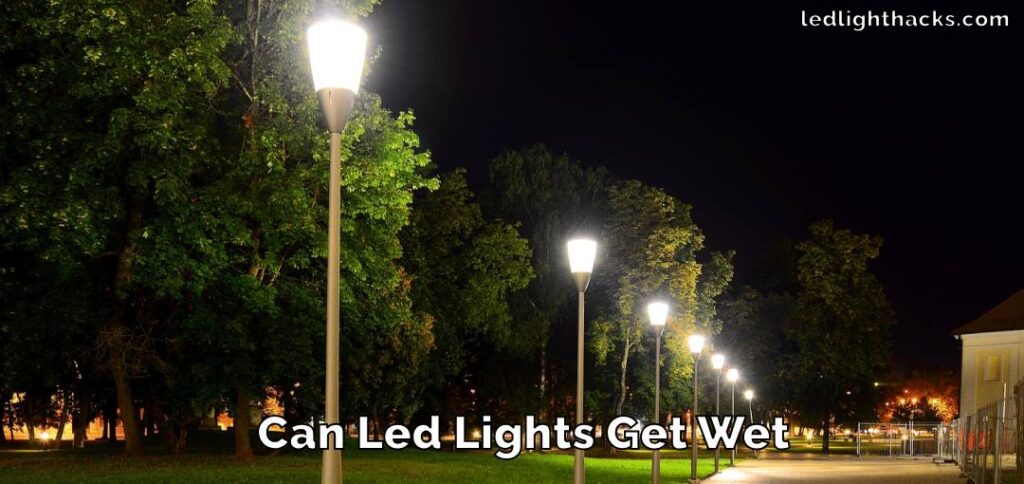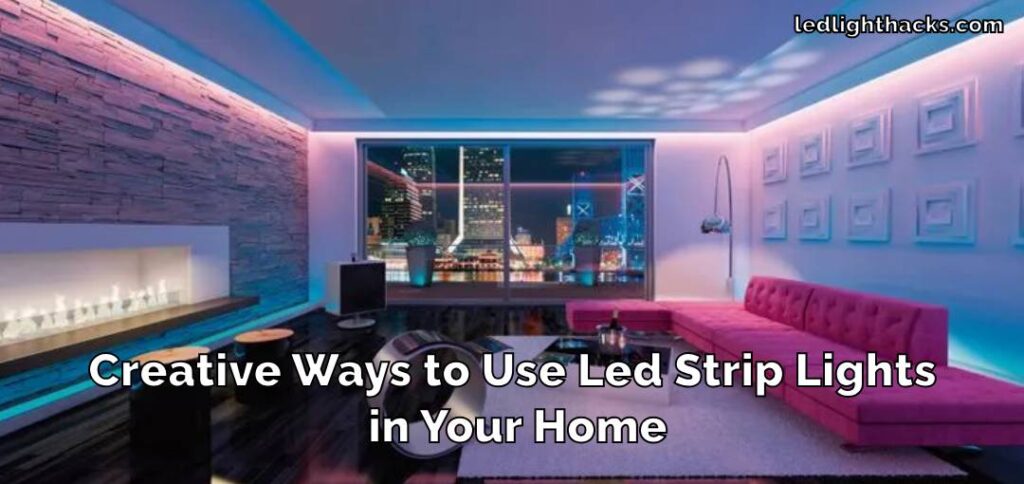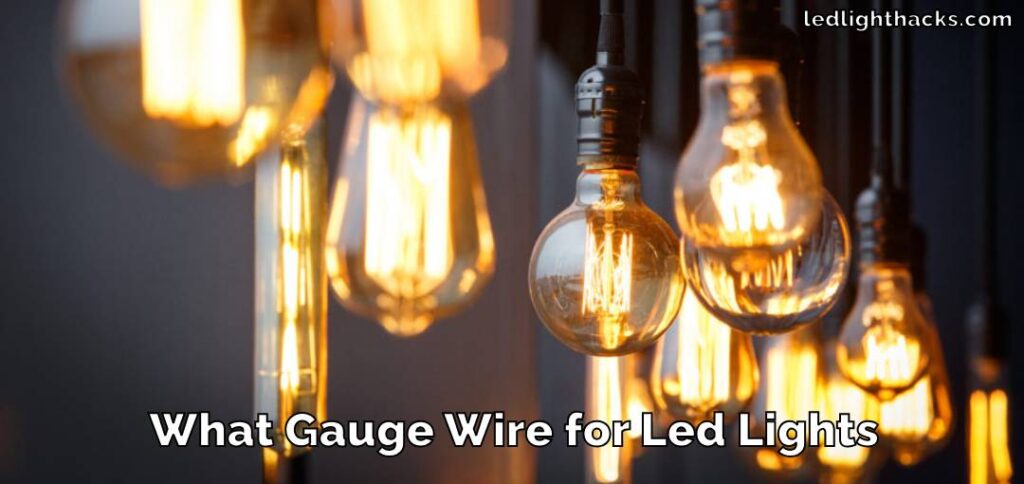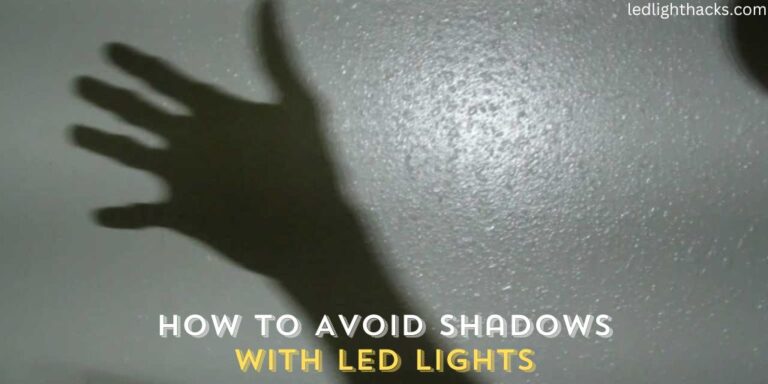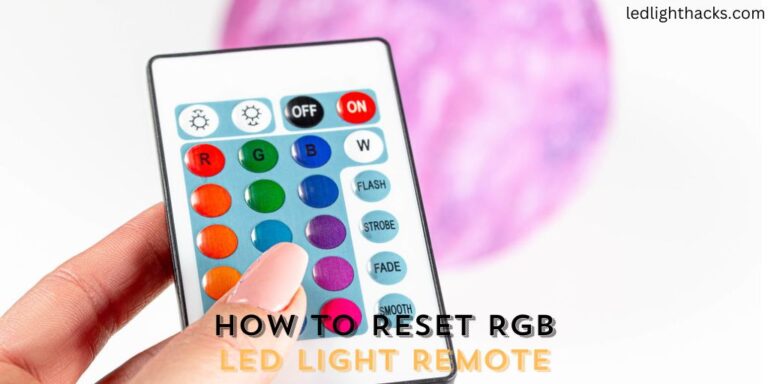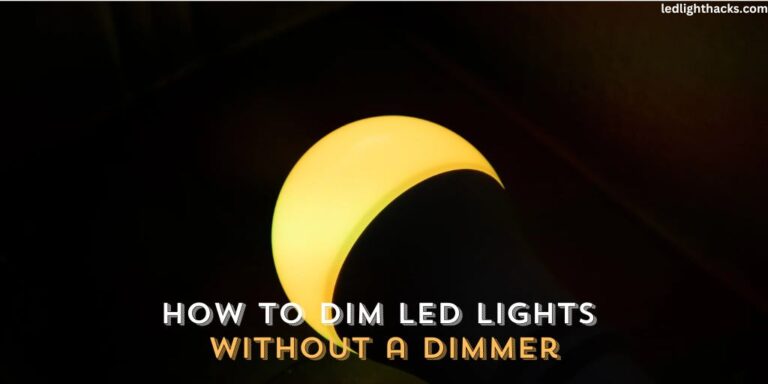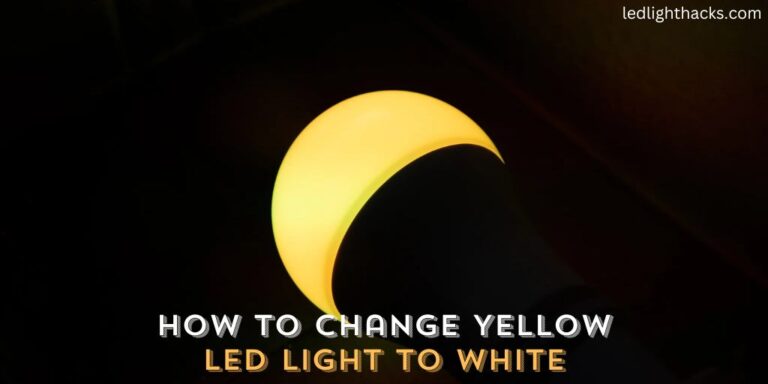How to Make LED Lights Turn on When the Door Opens
Adding LED lights that turn on when a door opens is a simple and effective way to enhance the functionality and ambiance of any space. This guide will walk you through the basics of setting up a system that activates LED lights automatically, using a magnetic door switch to trigger the lighting.
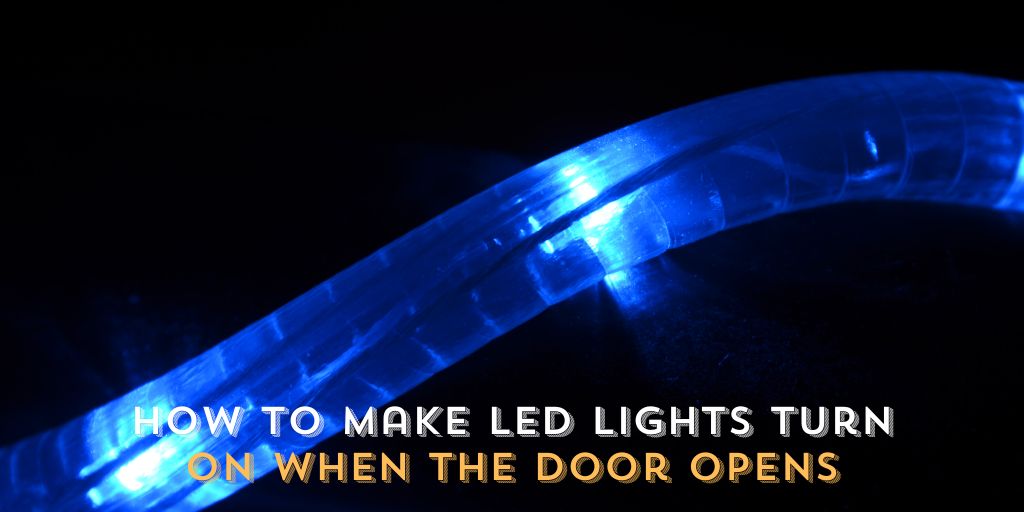
It’s a straightforward project on how to make LED lights turn on when the door opens that doesn’t require advanced technical knowledge, making it accessible for anyone looking to add a bit of convenience and modern flair to their home.
Whether How to Make LED Lights Turn on When the Door Opens or want to welcome guests with soft hallway lighting, this setup is a practical solution that combines utility with a touch of magic.
7 Benefits of Automating LED Lights
As homes become smarter, automating LED lights is a trend that’s catching on, and for good reasons! Here’s why making the switch to automated LED lights can be a game-changer:
Energy Efficiency
Think of automated lights as smart friends. They know when to work and when to rest, ensuring they’re only shining when you truly need them. This smart usage means less energy wasted.
Convenience
Remember those times you’ve walked into a room with hands full, struggling to find the light switch? With automated lights, those days are gone. The room lights up for you, making life a bit easier.
Safety
Darkness can be a sneaky hazard, hiding obstacles that can make you trip. With lights that turn on automatically, your path is instantly clear, reducing the risk of accidents in the home.
Home Security
A sudden light can be a big surprise for unwelcome visitors. When lights turn on as someone approaches, it can make potential intruders think twice, adding an extra layer of safety to your home.
Prolonged Bulb Life
LEDs are great at lasting a long time, but with automation, they last even longer! By ensuring they’re on only when needed, you’re giving your LED bulbs a longer, healthier life.
Aesthetic Appeal
There’s something futuristic and stylish about a room that senses your presence and lights up. It adds a touch of modern charm, making your space feel advanced and cozy at the same time.
Cost Savings
Over time, saving energy means saving money. With LEDs being power-friendly and automation cutting down unnecessary usage, your electricity bills might just bring a smile to your face.
Automating LED lights isn’t just about looking cool or living in the future. It’s about making daily life simpler, and safer, and even saving some pennies along the way. If that’s not a bright idea, what is?
Tools We Need to Make LED Lights Turn on When Door Opens
Turning on LED lights as soon as a door opens sounds like a neat trick, right? It’s a blend of technology and convenience that can add a touch of magic to any room. To make this magic happen, you’ll need a few handy tools and gadgets. Here’s a list to guide you:
- Door contact sensor or magnetic switch: This is the genius behind the magic. It senses when the door is opened and sends a signal to turn on the light.
- Relay module: Think of this as the messenger. It gets the signal from the sensor and tells the LED light to shine bright.
- LED lights and power source: The main stars of the show. They light up your room in response to the door opening.
- Wiring (if required): This helps connect everything together. It’s like the veins carrying messages between the different parts.
- Microcontrollers like Arduino (for more advanced methods): If you’re feeling a bit techy and want to add extra features or controls, an Arduino can be your best buddy.
- Wi-Fi or Bluetooth modules for smart methods: For those who love the latest smart home trends, these modules can make your LED lights work in sync with other smart devices.
Automating LED lights to turn on with a door’s movement might sound like a task straight out of a sci-fi movie, but with the right tools, it’s easily achievable. By combining these tools, you can create a well-orchestrated system that brings light to your space exactly when you need it. Happy setting up!
How to Make LED Lights Turn on When the Door Opens
Turning your home into a smarter place with automated LED lights that turn on when you open a door is a great way to add convenience and a modern touch.
There are several ways to achieve this, and I’ll guide you through different methods, making it simple to understand and easy to implement, no matter your tech skill level.
Using a Door Contact Sensor
This method involves a small gadget that notices when your door moves.

- Attach the sensor parts on the door and its frame so they meet when the door is closed.
- Wire the sensor to a relay module, which acts as a middleman to control the LED lights.
- Test it out by opening the door to see the lights turn on.
Magnetic Switch Method
This easy approach uses magnets.
- Place a magnet on the door and a magnetic switch on the frame. Opening the door separates them.
- Connect the switch to your LED light’s power source.
- Open and close the door to test if the lights turn on as the magnet moves away from the switch.
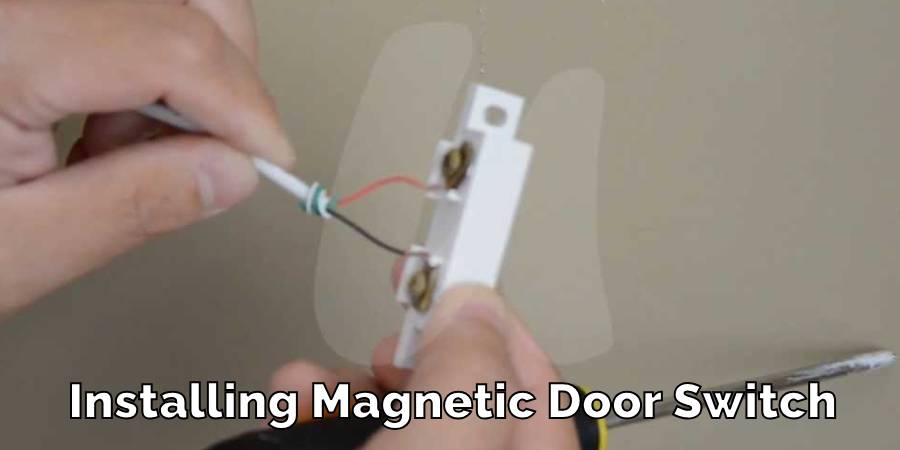
Arduino Microcontroller Setup
Great for those who enjoy a hands-on project.
- Connect a door sensor to an Arduino board, placing it near the door.
- Program the Arduino to recognize the door’s movement.
- Link the Arduino to your LED lights, so they light up with door movement.
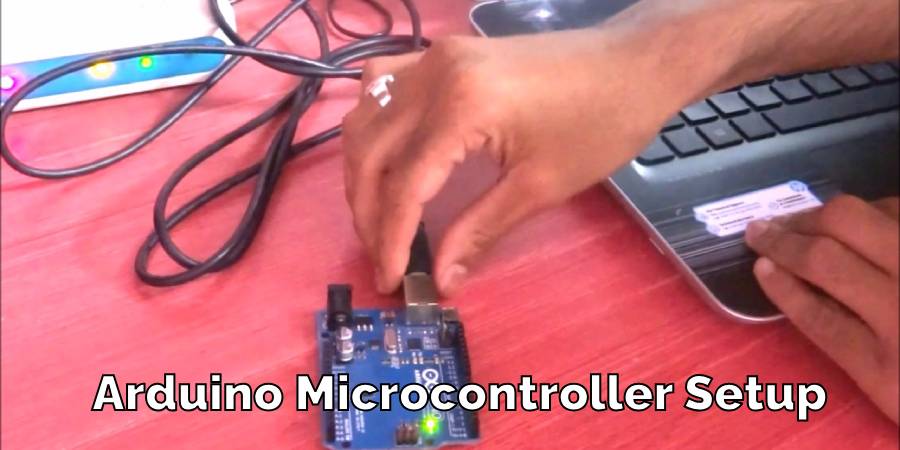
Wi-Fi Enabled Smart Bulbs
For those who love smart gadgets.
- Replace your bulbs with Wi-Fi-enabled ones.
- Use a home automation app on your phone to connect the bulbs.
- Set up a rule in the app to turn the lights on with door movement.
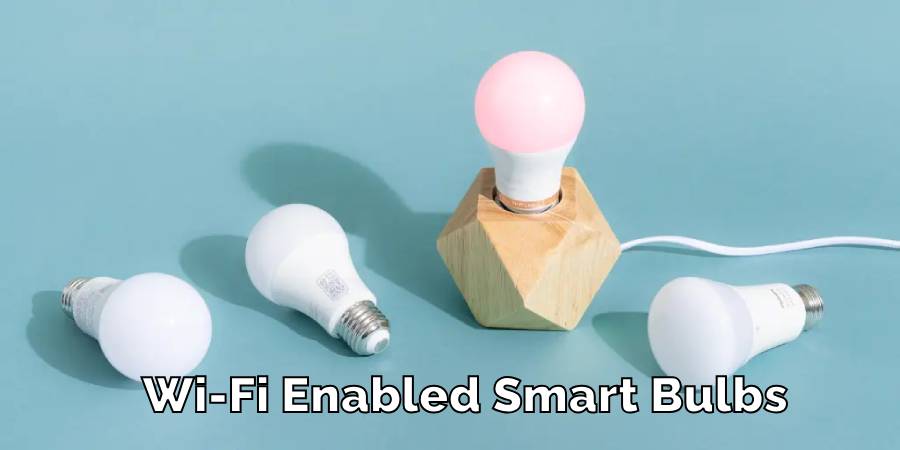
Bluetooth Door Sensors
A wireless, straightforward setup.
- Install a Bluetooth-capable door sensor.
- Connect the sensor to your LED lights through an app or device.
- Adjust settings so the lights turn on when the door opens.
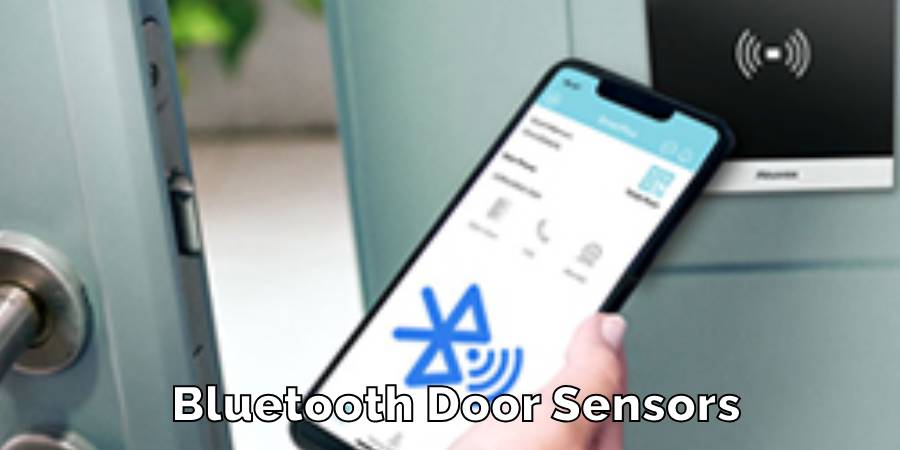
Infrared (IR) Sensors
For detecting body heat and movement.
- Place the IR sensor near the door.
- Connect it to your LED lights.
- Adjust the sensor’s range to light up when someone approaches the door.
Smart Home Hub Integration
Integrate with your home automation system for the ultimate convenience.
- Link your door sensors to a smart home hub like Google Home or Amazon Alexa.
- Connect your LED lights to the hub.
- Set a rule in the hub’s app for the lights to turn on when the door opens.
Each of these methods offers a unique way to automate your lighting based on door activity, fitting different preferences and technical abilities. From simple magnetic switches to smart home integrations, adding this feature to your living space not only brings convenience but also enhances safety and adds a cool, modern vibe.
Precautions While Making LED Lights Turn on When Door Opens
Setting up LED lights to respond to door movements can be exciting. But like all things electrical and technical, a few precautions are crucial to ensure safety and optimal performance. Here are some guidelines to keep in mind:
Electrical Safety First
Working with anything electrical can be risky if you’re not careful. Always make sure the main power is switched off before diving into your setup. It’s a simple step, but it can protect you from unexpected shocks. It’s always better to be safe than sorry.
Sensor Calibration is Key
Think of sensors like finely tuned instruments. They need to be set just right to do their job well. Make sure you calibrate your sensors correctly. This ensures they only react when the door opens and not due to other movements or changes in the environment. Proper calibration avoids those random light flashes that can be surprising and even annoying.
Sturdy Mounting
When installing sensors and switches, make sure they’re firmly attached. Using strong adhesives or appropriate screws can keep them in place. After all, a sensor that falls off can’t do its job and might even cause some minor accidents.
Don’t Forget to Test
Once everything is up and running, don’t just forget about it. Periodically, test the whole setup. This ensures everything still works as it should. Over time, a door might move a little, or a sensor might shift. Regular checks help you catch any issues before they become bigger problems.
FAQ’s
Why Doesn’t an LED Light Up When Flipped Around?
LEDs, or Light light-emitting diodes, have a specific way they operate. Unlike regular bulbs, they allow current to flow in just one direction. Think of them like a one-way street. If your LED doesn’t light up, there’s a good chance it’s been connected the wrong way.
The anode (the longer leg) should connect to the positive end, and the cathode (the shorter leg) to the negative. If they’re switched, your LED won’t shine. So, if your LED seems to be in a mood and isn’t lighting up, try flipping its connection.
What Resistor is Needed for LEDs?
When setting up LEDs, a resistor is like the traffic cop, ensuring everything runs smoothly. It stops too much current from rushing into the LED and causing damage. To pick the right resistor, you need to know the LED’s forward voltage (usually mentioned in its specifications) and its current.
You’ll also need to know the voltage of your power source. With these numbers in hand, you can use Ohm’s Law. The formula is: Resistor value = (Source voltage – LED voltage) / LED current. This will help you determine the ideal resistor to keep your LED bright and safe.
Can a 1.5 V Battery Light Up an LED?
Typically, LEDs are like hungry gadgets craving more voltage—around 2-3.3V. But what if you only have a 1.5V battery? Can it still light up an LED? The answer is yes but with a small catch.
When paired with the right resistor, the LED might light up, but it’ll probably be more of a soft glow than a bright shine. It’s like giving a small snack to someone very hungry—it helps, but it’s not quite filling. So, while it’s possible, the LED won’t be at its brightest.
Conclusion
Setting up LED lights to turn on when a door opens is a clear example of how technology can make our daily lives more convenient. This method not only offers an immediate solution to lighting up space but also helps save energy and enhance home security. We have explored how to make LED lights turn on when the door opens.
With the right tools and some careful steps, setting up such a system becomes a straightforward task. If you’re looking to upgrade your living space or just want an efficient lighting solution, this guide provides the necessary information to help you achieve that with ease.
You may read also – How to Dim LED Lights Without a Dimmer
How to Change a Light Switch without Turning Off the Power
Mastering the skill of changing a light switch without turning off the power holds great…
How To Stick LED Strip Lights On Wall Without Damaging Paint
LED light strips have surged in popularity, adorning homes and spaces with their vibrant colors…
Can Led Lights Get Wet
LED lights are everywhere, from homes to city streets, known for their efficiency and brightness….
Creative Ways to Use LED Strip Lights in Your Home
LED strip lights, those brilliant strips of technology, serve as a beacon of innovation in…
Can Solar Lights Catch Fire
Solar garden lights are your go-to pal for lighting up your backyard oasis while keeping…
What gauge wire for LED lights
When diving into LED lighting, one aspect that might not catch your eye at first…



